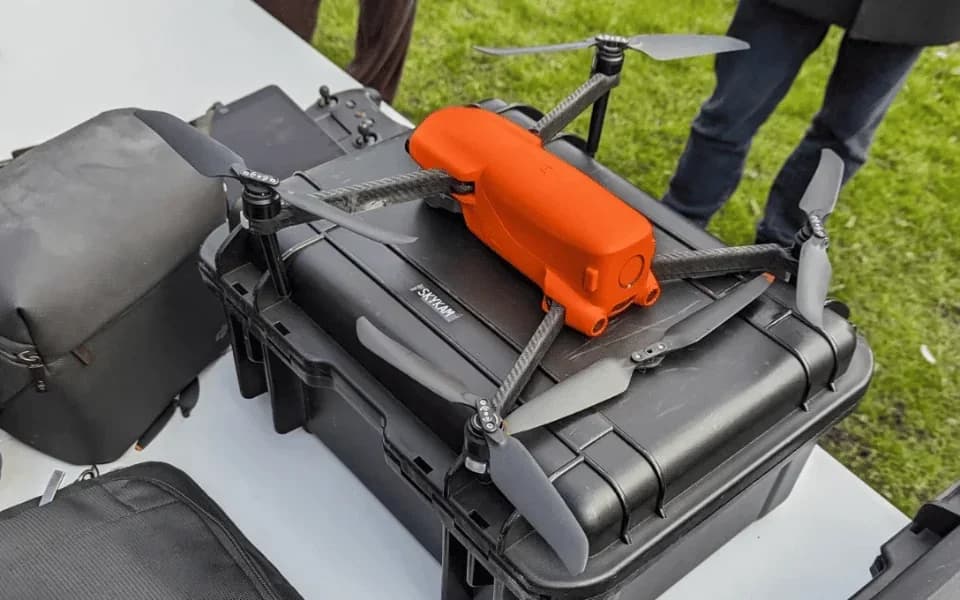
When your drone mapping projects demand extreme accuracy, standard GPS just won't cut it. That's where PPK, or Post-Processing Kinematic, comes in. This technology lets you achieve centimetre-level precision by correcting GPS data after your flight is complete.
But knowing what it is is only half the battle; understanding its unique workflow is key to leveraging its full power for your operations.
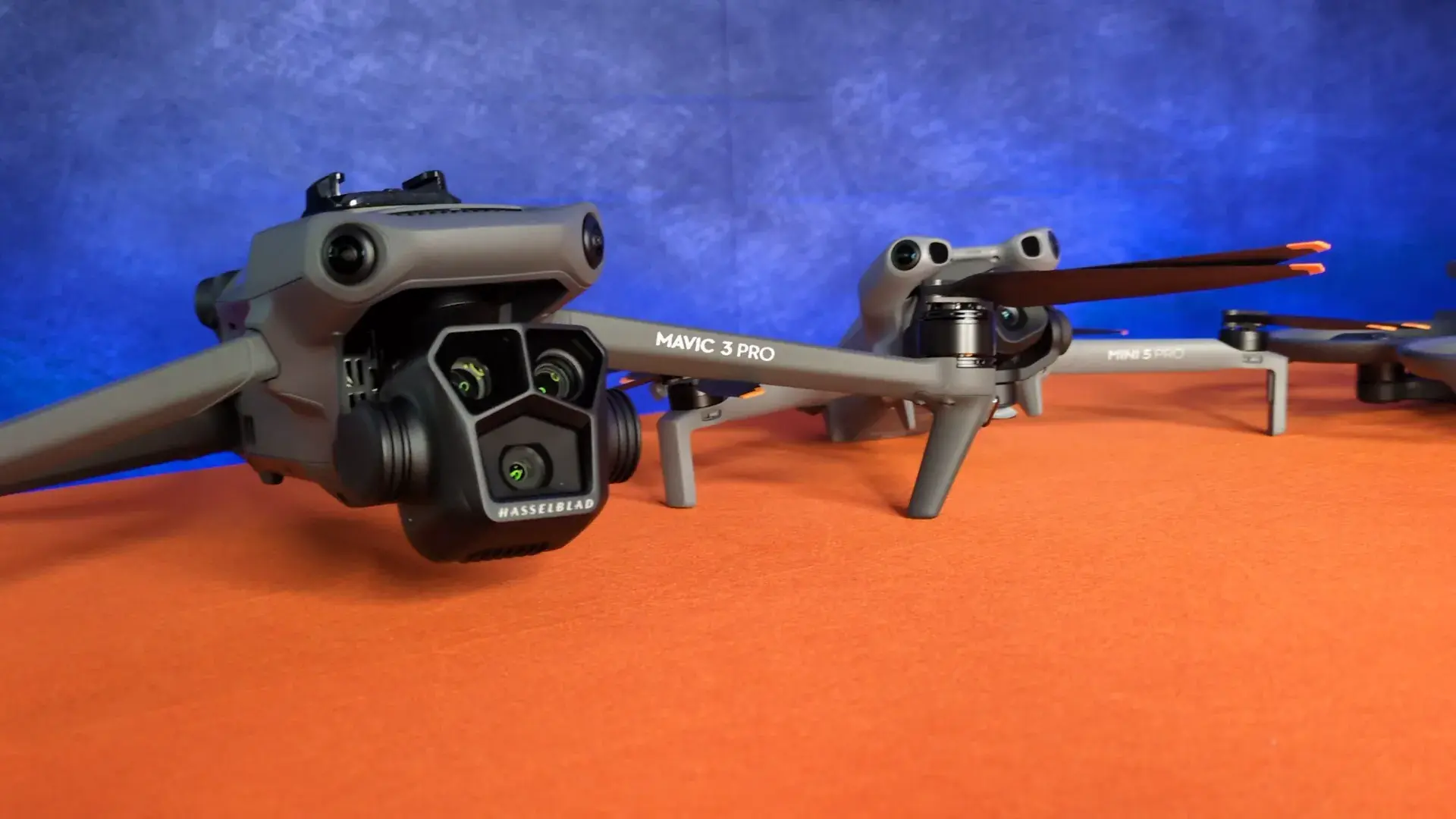
30 Second Summary
- PPK is a GPS correction technology that refines a drone's location data to centimeter-level accuracy after a flight is completed.
- It works by merging GPS data from the drone with data from a ground base station during post-processing.
- Unlike RTK, PPK does not require a constant data link during flight, making it reliable in areas with poor signal.
- The technology achieves survey-grade results while significantly reducing the need for ground control points (GCPs).
- PPK is ideal for accurately mapping large territories or surveying challenging terrains where operational flexibility and data reliability are crucial.
What Is PPK (Post-Processing Kinematic) For Drones
PPK (Post-Processing Kinematic) is a GPS correction technology that refines your drone's location data. Think of it as a powerful tool that cleans up your drone’s flight path information after you've already landed.
It uses raw GPS data collected by both your drone and a ground base station during the mission. Unlike real-time solutions that require a constant connection, PPK provides incredible flexibility. You don't have to worry about losing a data link mid-flight, giving you more reliable data collection.
This method’s primary purpose is to give you centimetre-level positional accuracy for your project’s image geotags. With such precise data, you can dramatically reduce or even eliminate the need for setting Ground Control Points (GCPs). This saves you immense time and effort on-site. Ultimately, you're achieving survey-grade results more efficiently, which makes your entire mapping workflow faster and more cost-effective.
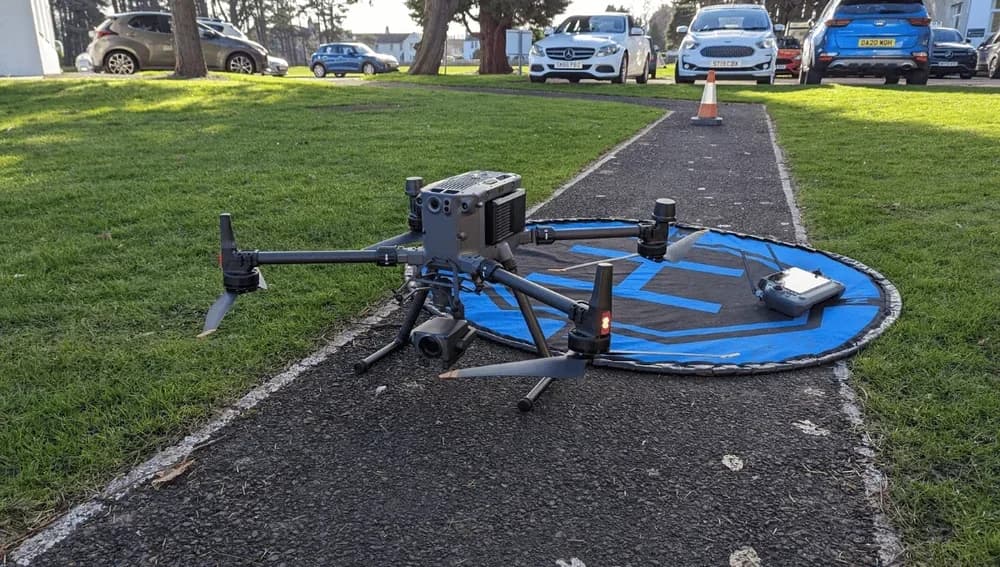
How PPK (Post-Processing For Drones Works
Your PPK drone flight operates on two parallel data streams. During your mission, your drone’s onboard GPS unit records the X, Y, and Z coordinates for each image it captures. Simultaneously, a base station on the ground—which could be a physical base, a CORS network, or another reference point—records its own highly accurate positional information. Both systems log their data independently throughout the flight without communicating with each other.
After you’ve landed, you’ll use specialized software to merge these two data sets. The software matches the drone's log with the base station's log using the precise image timestamps. It then corrects your drone’s less accurate onboard GPS data against the base station’s much more precise measurements. This process produces impressively accurate geotags for every image, achieving centimetre-level precision—typically placing your data within 3cm of its true location.
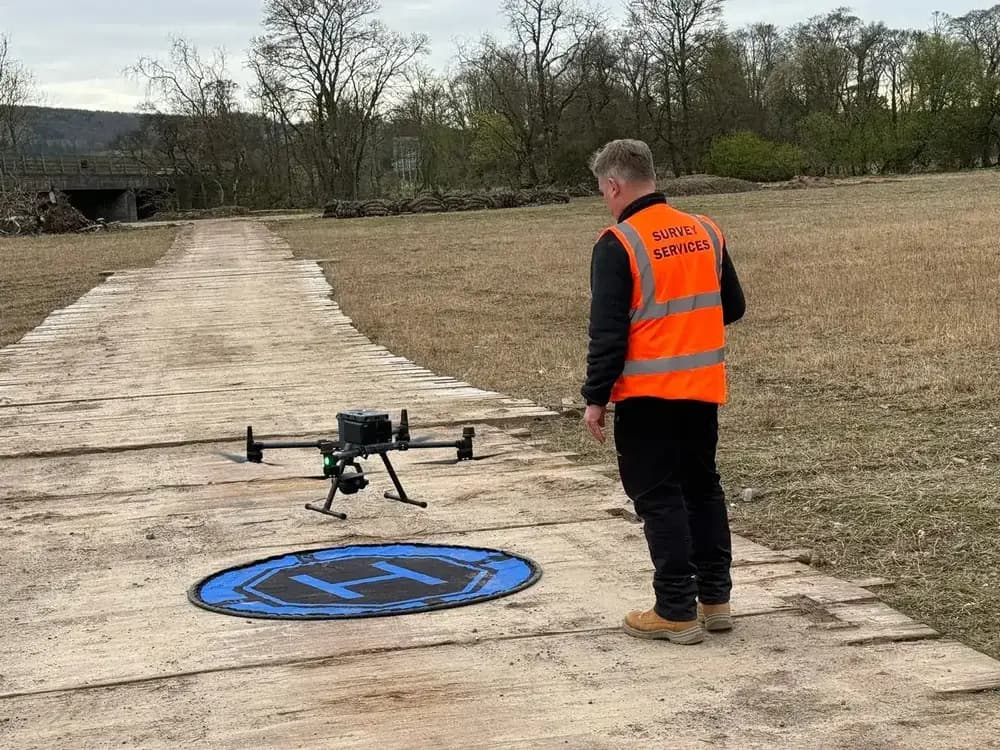
PPK Drones Vs RTK Drones
You're likely trying to decide between Post-Processing Kinematic (PPK) and Real-Time Kinematic (RTK) technology for your drone operations. While both aim to deliver survey-grade accuracy, the key difference is when they apply positional corrections. Let's examine how each system works so you can choose the best one for your needs.
PPK (Post-Processing Kinematic)
Post-Processing Kinematic (PPK) applies GPS corrections after your drone's flight is complete, rather than in real-time. During your mission, the drone records raw GNSS satellite data onboard, while a base station on the ground simultaneously collects its own reference data.
After you land, you'll use specialized software to process both datasets. The software compares the drone's log against the base station's precise measurements, correcting the location for each image to achieve centimetre-level accuracy. You don't need a constant data link, making PPK highly reliable for remote sites or areas with poor signal. It's often less expensive, too. The trade-off is a slower turnaround time, as you must wait for this processing. Your flights also require a minimum of 10 minutes.
RTK (Real-Time Kinematic)
Unlike PPK, Real-Time Kinematic (RTK) applies GPS corrections during the flight itself, giving you immediate access to accurate positioning data. Your RTK-enabled drone maintains a constant radio or internet connection to a base station or CORS network.
As it flies, it receives correction signals that let you geotag images with centimetre-level accuracy instantly. This real-time feedback is ideal when you need immediate results or must verify data quality during the mission. It’s often faster than PPK because you don't have to post-process data. However, RTK's greatest weakness is its reliance on continuous connectivity. If the connection drops due to terrain or buildings, even briefly, you'll lose that high accuracy, which isn't a problem for PPK drones.
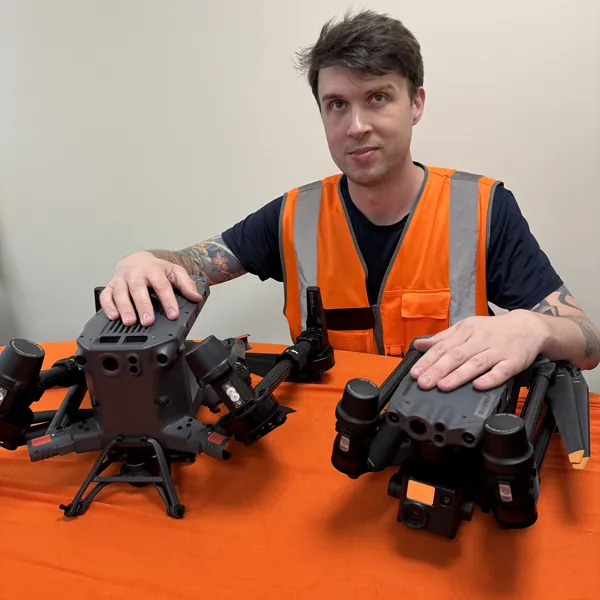
Benefits Of PPK for Drone Operations
When you're mapping large territories or surveying difficult terrain, PPK technology offers significant advantages. It gives you greater operational flexibility, especially in areas with poor signal reception or obstructions. You'll save considerable time on site because you don't have to place numerous ground control points (GCPs) in hard-to-reach or unsafe locations.
A major benefit is complete data retention. Since corrections aren't transmitted in real-time, there's no risk of losing your data link mid-flight, which ensures the integrity of your entire dataset.
Furthermore, PPK equipment often costs less than a comparable RTK setup. One of the most powerful features is that you can reprocess your data as many times as you need. If the initial results aren't perfect, you can simply adjust the settings and try again, giving you ultimate control over the final accuracy. This blend of reliability and control makes it an excellent choice for complex jobs.
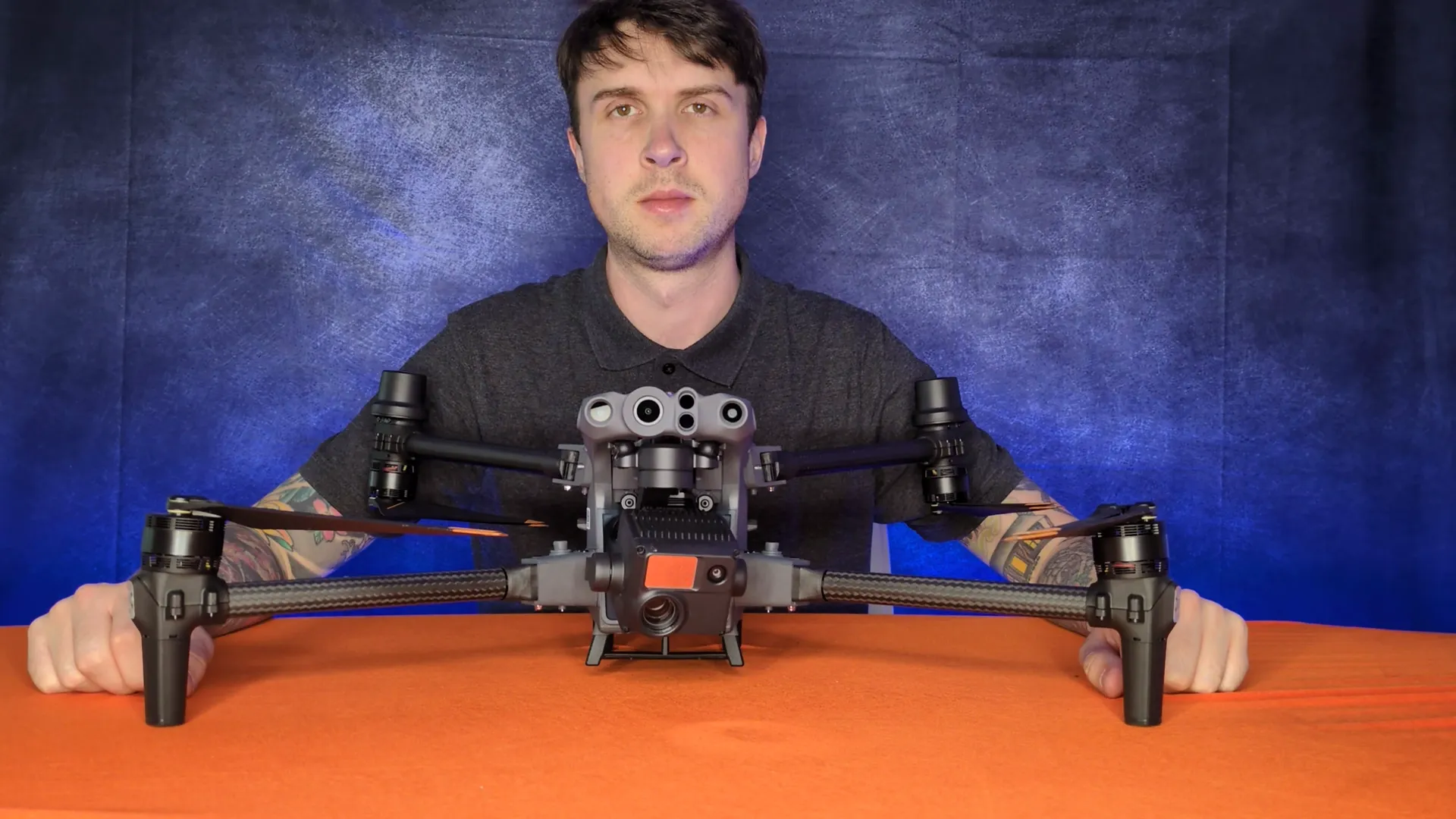
Frequently Asked Questions
Can I Add a PPK Kit to My Existing Drone?
Yes, you can often add a PPK kit, but your success depends entirely on your drone model. You'll need a kit made for your specific drone, as it must connect to your camera’s shutter event. For many enterprise drones, you'll find direct-fit options available. However, modifying most consumer-grade drones is a highly technical task that's not recommended without expertise, as it requires complex hardware integration and custom configurations to function correctly.
What Specific Software Is Needed for PPK Processing?
You'll need two main software types for your workflow. First, you use a GNSS post-processing application, like the open-source RTKLIB or proprietary options like Emlid Studio or Trimble Business Center, to correct your drone’s log files. After you process and export the corrected image geotags, you’ll import them into your photogrammetry software. Programs like Pix4Dmapper or Agisoft Metashape then use this precise data to build your final high-accuracy maps.
Does PPK Eliminate the Need for Ground Control Points?
PPK doesn't completely eliminate the need for Ground Control Points (GCPs), but it drastically reduces the number you'll require. For many projects, you can achieve impressive accuracy without them. However, you'll still want to use a few GCPs as checkpoints to verify your data's absolute accuracy. This ensures you're meeting project specifications and provides a crucial quality check. It's a best practice you shouldn't skip for critical mapping tasks.
How Long Does Post-Processing the PPK Data Take?
Processing your data is surprisingly fast, often taking less time than your flight itself. The exact duration depends on your flight's length, the software you use, and your computer's processing power. For a 30-minute flight, you shouldn't be surprised if processing only takes 10-15 minutes. You'll load the drone and base station logs into your software, which then quickly computes the corrected camera positions for every image you captured during the mission.
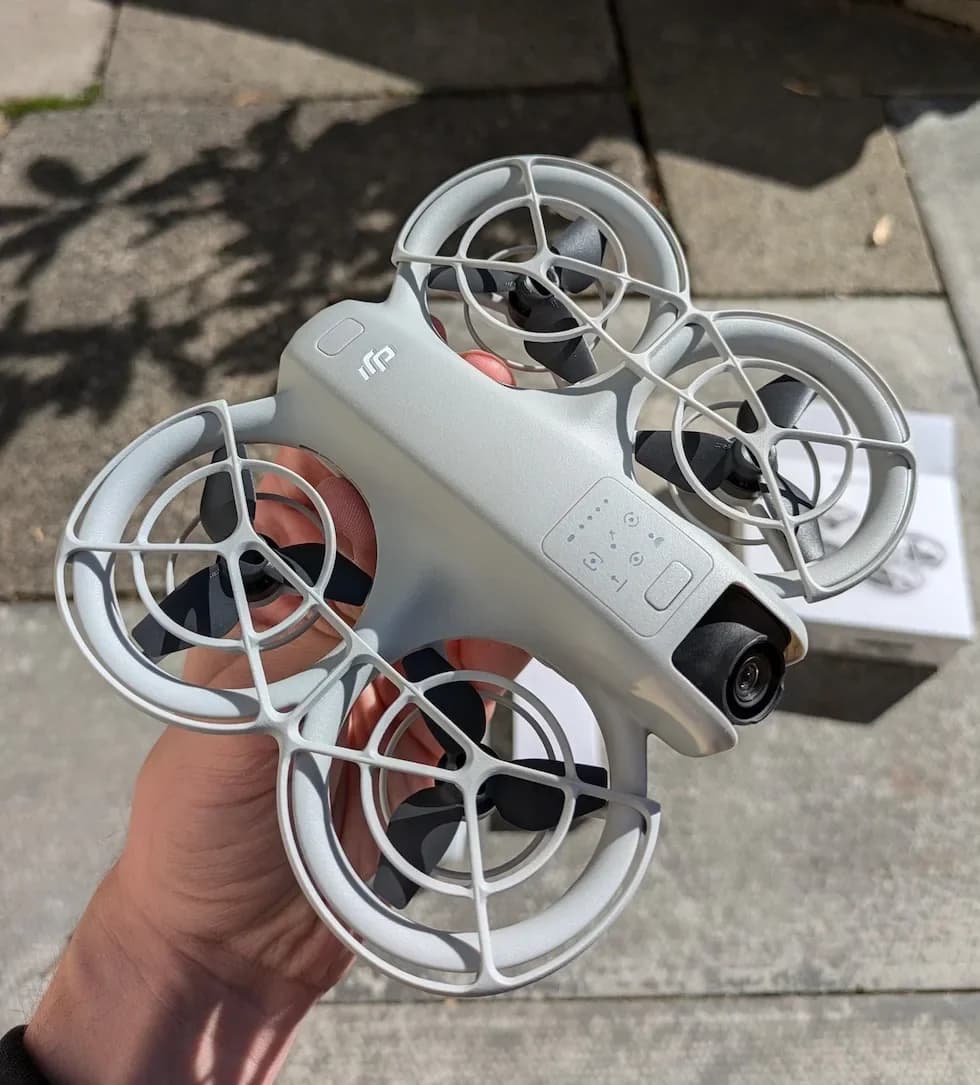
What Is the Typical Cost of a Complete PPK System?
You'll find costs vary widely, from a few thousand pounds for an upgrade kit to over £20,000 for a high-end integrated system. You can expect a professional, purpose-built drone to start around £6,000. Your total investment depends on the drone itself, the base station quality, and the processing software you choose. Don't forget that some software requires ongoing subscription fees, which will add to your long-term expense.
Achieve Survey-Grade Accuracy with Vetted UK Drone Pilots
While PPK technology provides a powerful and reliable path to centimetre-level accuracy, success depends on specialised equipment and expert data handling. Executing a PPK workflow correctly is crucial for achieving the survey-grade results your project demands.
This is where HireDronePilot provides the solution. As the UK's premier managed marketplace, we specialise in connecting businesses with verified professional drone pilots for hire. Our network includes CAA-certified drone pilots with proven expertise in PPK survey techniques, data processing, and delivering high-precision outputs. We streamline drone services through competitive bidding, ensuring quality, compliance, and value for every aerial project across the United Kingdom.
By using our platform, you gain access to the specialised skills needed for your most demanding mapping and surveying tasks. Find experienced UK drone survey specialists who can deliver the precision your project requires.
Ready to achieve unparalleled accuracy on your next mapping project? Post your job on HireDronePilot today and get competitive quotes from qualified PPK experts.
About the Author

Written by
Peter Leslie
Peter Leslie is a CAA-approved commercial drone pilot with 10+ years experience and over 10,000 flight hours. He holds the GVC and A2 CofC drone licences with full CAA Operational Authorisation. Peter is a member of ARPAS-UK, the UK's non-profit trade association for the drone industry. He founded HireDronePilot to connect UK businesses with qualified, insured drone operators.
Looking for More Drone Work?
Join the UK's leading network of professional drone pilots and grow your business.
Open Access
Bid on any job - all jobs open to all pilots
Grow Revenue
Access high-value commercial projects
Stay Busy
Fill your schedule with regular work
Related Articles

Our Drone Survey Service In Stirling, Scotland
Bringing you Stirling drone survey data from areas no one else can fly.

How Much Does A Drone LiDAR Survey Cost
Forecasting your drone LiDAR survey cost requires understanding what's hidden beyond the initial quote.

Step By Step Process Of Drone LiDAR Survey
Next, discover the crucial post-flight steps that determine your survey's success.
